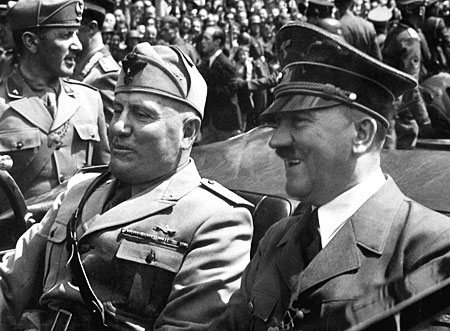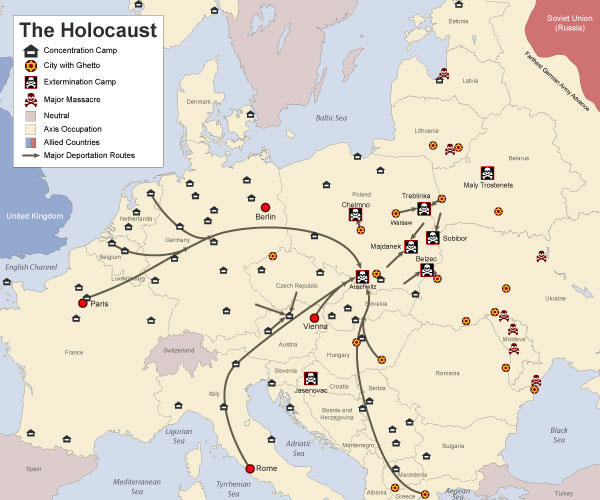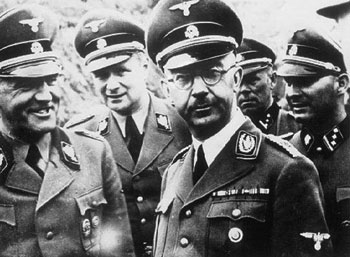Persecution in Germany
In 1933, Adolph Hitler came to power in Germany. In doing so, he set out to not only expand German-controlled land, but to eliminate all people of Jewish descent. Hitler preached about a supreme Aryan race. His reasons in doing so have long been scrutinized by historians. Some have theorized that there was an incident during his childhood that spawned some resentment. Others believe that the animosity was a direct result of the German culture. Since the 1800's and particularly in Germany, many Europeans held the belief that they were superior to people of Middle Eastern descent, or Semites.

Semites include Arabs, Ethiopians, North African groups, and Jews. By the late 1800's, there was a growing sense of anti-Semitism, which is hostility towards Jews. As a result, anti-Semitism became the official policy of Germany when Hitler assumed power.

The policy attacked the Jewish community economically, physically, spiritually, and politically. In 1935, the German government passed the Nuremberg Laws, which stripped Jews of their German citizenship and forbade them to marry outside their sect.
Between 1937 and 1938, there was a full-blown campaign implemented by the German government to identify and isolate Jews. They did this by requiring all Jews to register with the government and carry identification cards that stated their background.

Hitler then ordered his secret police, the Gestapo, to identify all Jews that did not adhere to the laws. The Gestapo was led by Heinrich Himmler, one of Hitler’s right hand men. He was responsible for overseeing the concentration camps and the Einsatzgruppen – or the task force known as the killing squads. Also during this time, the government began expanding the use of concentration camps, normally reserved for criminals or political prisoners. The government began housing all types of people they considered “undesirables”: Jews, Gypsies, homosexuals, the homeless, and those suffering from mental and physical disabilities.